The problem of homelessness has steadily worsened across the United States in recent decades, but some cities and metro regions have fared far worse than others.
A new book by University of Washington professor Gregg Colburn and Seattle-based data scientist and policy analyst Clayton Page Aldern examines these places’ disparate trends and the many causes that have been ascribed to homelessness. One by one, and with compelling data, Colburn and Aldern dismantle the common storylines that have blamed homelessness on individuals or cities’ social policies. Their research finds that the cause actually lies in these places’ very different housing markets.
Sightline interviewed the authors about their findings. Their book, Homelessness Is a Housing Problem: How Structural Factors Explain U.S. Patterns, is available from University of California Press.
How did this research start for you?
It began with the observation that much of the conversation around homelessness in our region, and across the country, lacks focus. Various explanations—individual, structural, and political—have dominated this conversation. There’s a perception that homelessness is a product of certain types of people who tend to gravitate toward certain types of cities. If you live on the West Coast, for example, you know the cities we’re talking about. Seattle, Portland, San Francisco, Los Angeles: all these cities have high per capita rates of homelessness.
But there’s actually significant variation in rates of homelessness around the country. The chart below shows that according to the 2019 point-in-time (PIT) count (the annual census of homelessness around the country), in King County, about 5 in every 1,000 people experience homelessness on a given night. In sunny Miami-Dade County in Florida, that number is closer to 1 per 1,000. What accounts for the difference? Specifically, what explains the variation in homelessness rates around the country? Our research seeks to answer those questions by zooming the lens out from the individual experiencing homelessness to the city in which they live.
 What factors do people typically think drive homelessness? And what did you learn about these factors?
What factors do people typically think drive homelessness? And what did you learn about these factors?
If you watch the local news or spend time on Nextdoor, you have a sense of what these factors are. For many observers, homelessness is a function of mental illness, drug use, and overly generous social policies. These explanations are often supported by anecdotes, and certainly academic research confirms that a range of individual vulnerabilities, including poverty, substance abuse, and mental illness, increase one’s risk of homelessness. We both live in the Puget Sound region, and we know what it’s like to walk around downtown Seattle, where you encounter a lot of people who are probably sleeping outside and who might also be living with a serious mental illness or a substance use disorder. It’s not a huge analytical leap for people with housing to connect these individual conditions to Seattle’s homelessness problem.
But there are a couple of issues with this conclusion. First, the people sleeping on the street only represent a subset of the total population of people experiencing homelessness. In the 2020 count, chronic homelessness (what policy makers call being homeless for at least a year and living with some kind of physical or mental disability, including mental illness, a chronic health condition, and substance use disorder) accounted for less than 30 percent of the homeless cases in King County, while the chronic unsheltered population made up less than 17 percent of total cases. Second, we know that mental health and drug use can be both a cause of homelessness and a consequence. The trauma associated with homelessness is significant; that drug use and mental illness might result from this experience is not surprising. Research confirms this relationship.
Despite this complexity, the fundamental question remains: Does variation in rates of these individual risk factors like poverty explain variation in rates of homelessness witnessed across the country? In other words, do we have more homelessness in Seattle because we have more poor people or more drug users? Our research suggests the answer is no.
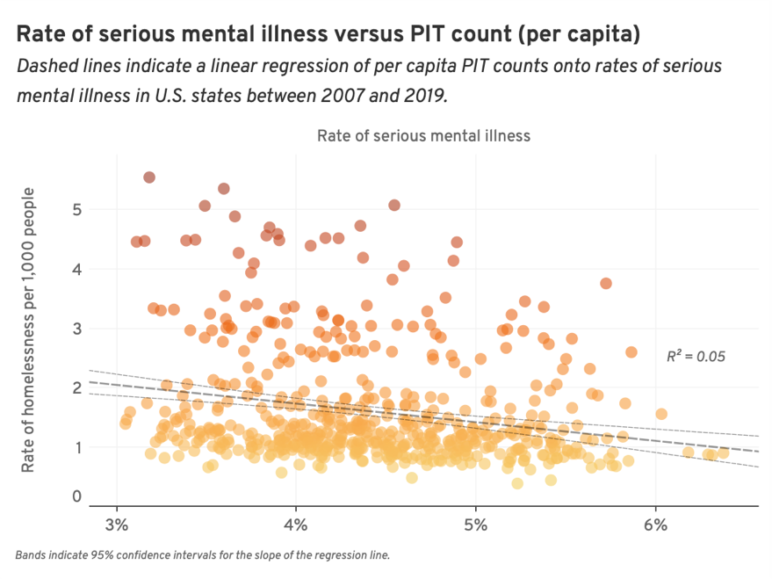 The graphics above demonstrate that variation in rates of homelessness cannot be explained by variation in rates of individual factors such as poverty and mental illness. In fact, where poverty is higher, homelessness is lower, which is perhaps a counterintuitive result. Similarly, there are not higher rates of people with serious mental illness in locations with high rates of homelessness. Therefore, high rates of homelessness are not the result of more people with certain individual vulnerabilities residing in those locations. Poverty rates in Detroit, for instance, are far higher than in San Francisco, but rates of homelessness in Detroit are but a fraction of those observed in the Bay Area.
The graphics above demonstrate that variation in rates of homelessness cannot be explained by variation in rates of individual factors such as poverty and mental illness. In fact, where poverty is higher, homelessness is lower, which is perhaps a counterintuitive result. Similarly, there are not higher rates of people with serious mental illness in locations with high rates of homelessness. Therefore, high rates of homelessness are not the result of more people with certain individual vulnerabilities residing in those locations. Poverty rates in Detroit, for instance, are far higher than in San Francisco, but rates of homelessness in Detroit are but a fraction of those observed in the Bay Area.
That’s not to suggest that poverty or mental illness aren’t risk factors for losing your housing. Certainly, the lower your income, the higher your chance of experiencing homelessness. It would be strange if that weren’t the case. We prefer to think of these factors as precipitating events that may lead to losing one’s housing. But the conditions have to be right for these risks to be realized as such. The point is that these individual vulnerabilities, which are clearly risk factors for homelessness, have different consequences in different locations. The consequence of being poor in Seattle, for example, is very different than in Cleveland.
Beyond individual explanations, some observers argue that there is something unique about the political or natural environment of cities with high rates of homelessness—that maybe it has to do with mild climates or generous welfare benefits, for example. But our research demonstrates that neither of these community-level factors explain variation in homeless rates. And if these individual, political, or climatic explanations don’t hold, something else must drive this variation.
 How does a place’s housing market connect with homelessness?
How does a place’s housing market connect with homelessness?
These are the conditions—the structural factors—that explain the observed variation. In our data set, housing market conditions explain the most variation in rates of homelessness observed around the country. Cities with higher rents and lower rental-vacancy rates (i.e., tighter housing markets) see higher per capita rates of homelessness. This is where a fuller picture comes into view. Individual risk factors help account for who in a given city might lose their housing at any given point in time, but housing markets—rents and vacancy rates—set the context in which those risk factors are expressed. Without looking at housing markets, you can’t explain why Seattle has a much higher rate of homelessness than Chicago, Minneapolis, or Dallas. The fundamental conclusion is that the consequences of individual vulnerabilities are far more severe in locations with less accommodating housing markets.
 What would it take to address these factors?
What would it take to address these factors?
This is a big question! We think it needs to start with perception. Homelessness needs to be understood as a problem driven by a lack of access to housing. It is a market failure. People are forced out of stable housing or are unable to access it when housing markets don’t provide sufficient and affordable options.
A natural follow-up question is, why is housing scarce in some locations and more abundant in others? The two core forces of economics—demand and supply—can help us understand differences by location. Generally speaking, the demand for housing is driven by population and income growth. All else equal, a growing population and higher wages will increase the demand for housing. Without any change in supply, this increase in demand will lead to higher prices. But we know that many metropolitan areas accommodate rapid population growth by building much more housing. (Charlotte, North Carolina, comes to mind.) In doing so, these cities’ rents remain more moderate and their vacancy rates remain higher. In Seattle, we’ve had rapid population growth and only modest increases in the housing stock, which translates to a housing deficit and the associated higher prices that basic economic theory would predict.
If we assume that strong population and employment growth will continue in our region over the next few decades (an assumption supported by estimates from the Puget Sound Regional Council), how will we create the necessary housing to accommodate this growth?
First, we must reconsider our land use policy. We cannot accommodate all the people who want to live in our region while maintaining such a high level of single-family zoning. The built environment in our region has to densify. Second, we have to build a lot more housing of all types. We need more market-rate housing, middle-income housing, affordable housing, and supportive housing for people experiencing homelessness. Investments and commitments at one subset of the housing market won’t be enough. Providing access to housing for low-income households will require public support, and the region has found the dollars to make major investments in infrastructure before. (Consider our $54 billion commitment to Sound Transit 3.)
But building alone won’t end homelessness. We also need a system that meets people where they are and ensures they’re connected to these housing opportunities and other appropriate services when they need them. A well-functioning homelessness response system is one that’s nimble, frictionless, personalized, respectful, and responsive to people’s needs.
That’s the last bit of advice, by the way: Ask people what they need.
What gives you hope on homelessness?
A lot of people are working to end homelessness, and a lot of people with lived experience of homelessness are working to ensure that others never lose their housing. The prospect of a system co-designed by people who could have used it in the past gives us hope. We are also heartened by the increased attention housing has received in policy discussions across cities and counties in Washington, as well as in the state legislature. The growing understanding of the housing crisis has caught the attention of policy makers, corporations, and civic leaders. Now we just have to convert this attention to establishing policies and programs that actually create more housing for people who need it.

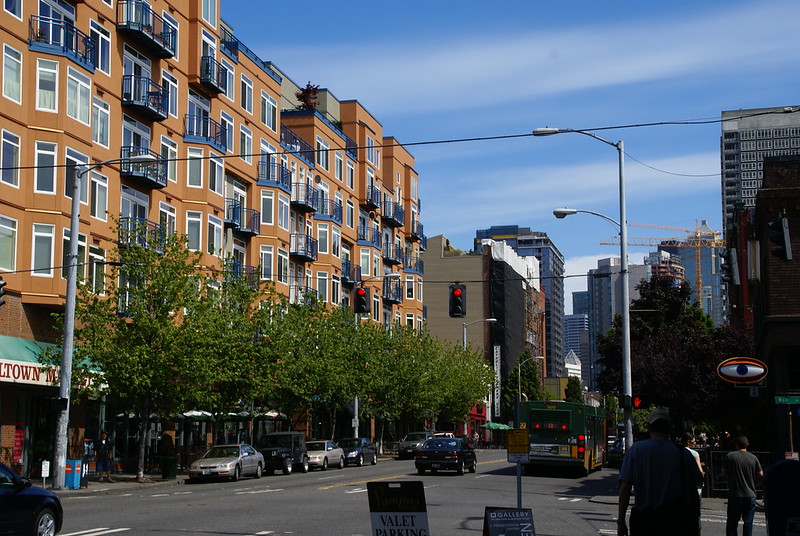
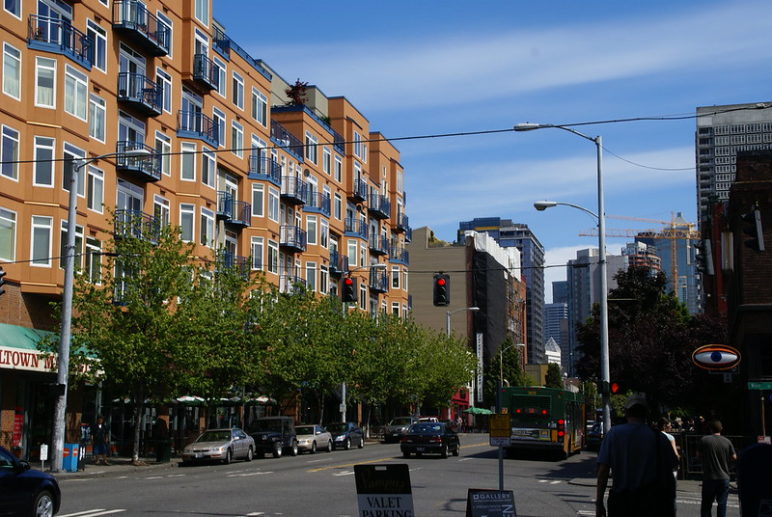

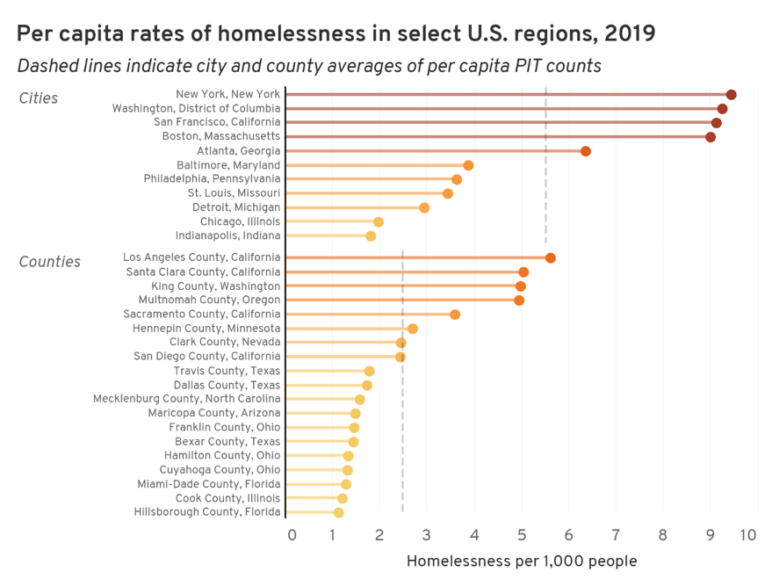
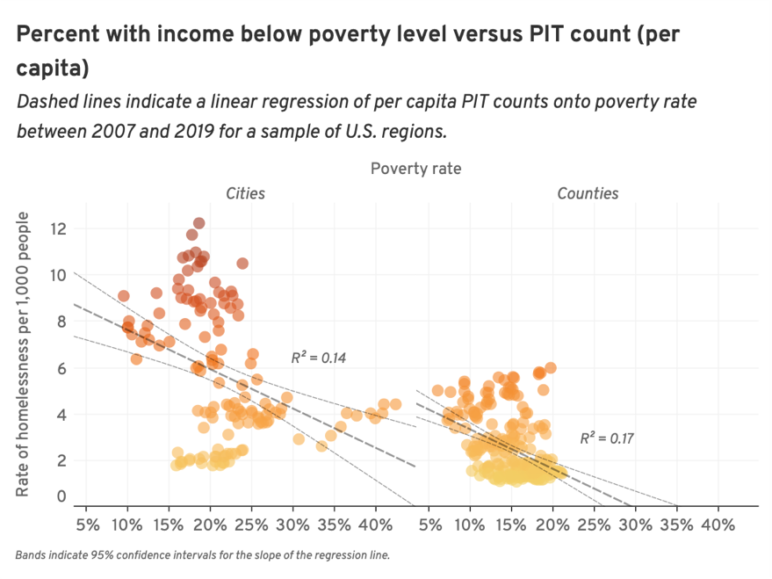
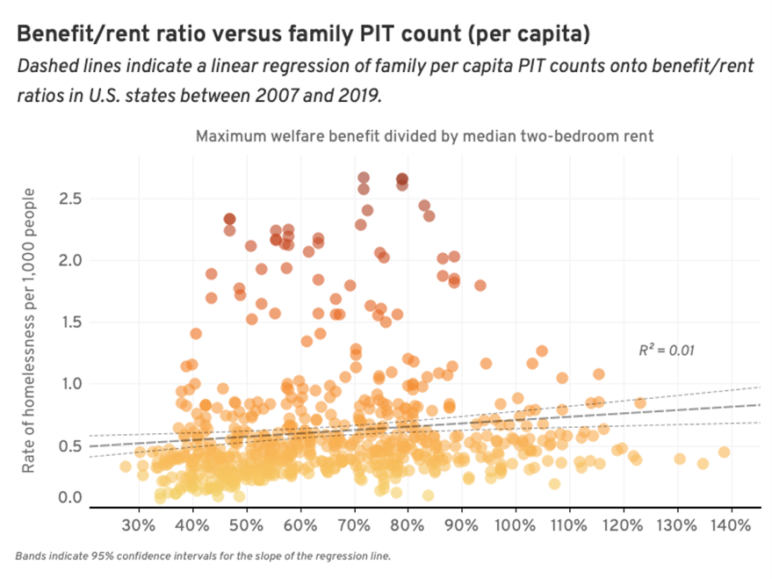
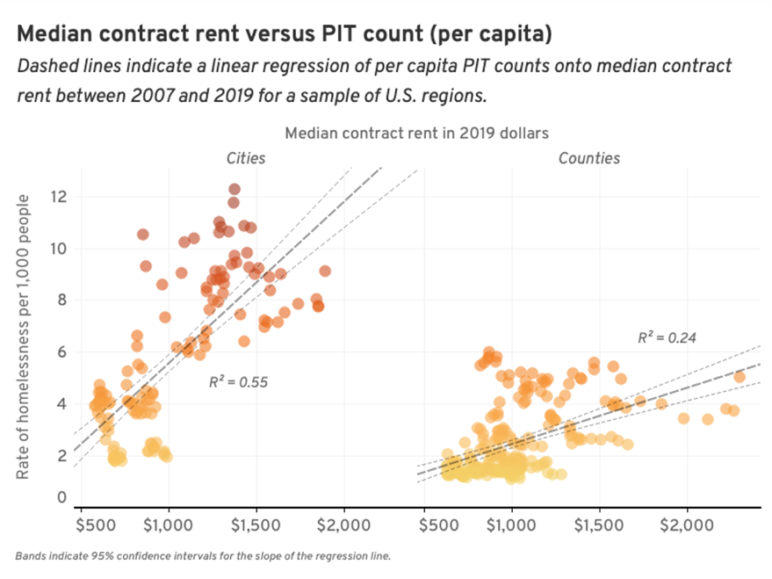
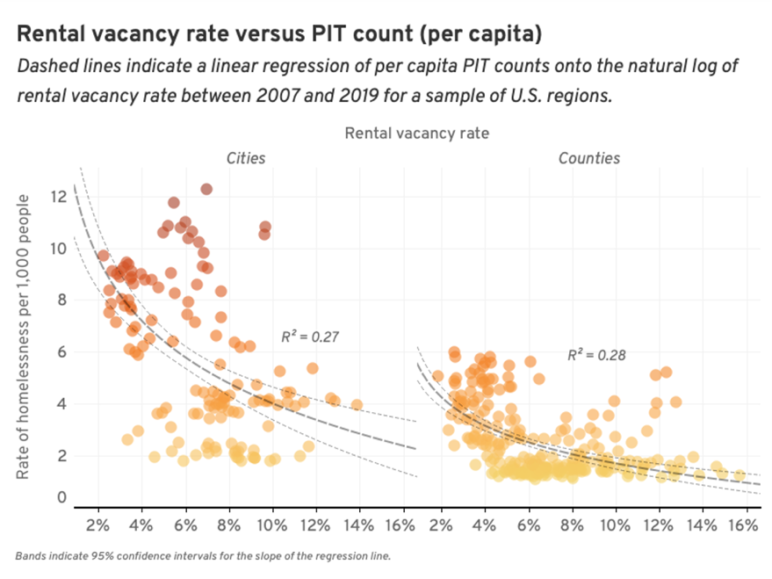







Abraham S.
This isn’t groundbreaking, we’ve known for years that there is a shortage of housing. My question is, what is to be done with the tens of thousands of people living on our streets while we build our housing solution outlined here? I’m seeing a long term solution outlined here, what is our short term (0-10 years) solution? Reaching the necessary scale of housing will require decades of work, if density increases even pass at all.
Sabra
I have been thinking about this for about the last ten years. The only short to medium term solution I’ve been able to come up with is mobile villages with infrastructure and staffing that can go where they are needed, set up, train local staff, provide some ongoing help and move the village if the time comes to move it to a new location. Villages could be located anywhere there was space and a need. Underused parking lots and old strip malls are a couple of possibilities.
Mike Warwick
I am total agreement with the primary conclusion of this research. Single family zoning and stringent building codes reduce the availability and increase the cost of housing creating a supply/demand imbalance especially at the “working poor” and “entry” market level. I disagree that this is a primary cause of homelessness. That population needs to be segmented, as you suggest by noting only 30% is “hard core.” That is essential both to address the supply/demand balance issue and the backlash against the most visible homeless individuals (likely your 30%). A “housing first” strategy may work for working poor, temporarily unemployed, and entry level home buyers. It will not work for individuals who really need institutional support, probably in an inpatient setting. The obvious solutions, as you suggest, are increasing flexibility in zoning and building codes to create new, entry level permanent housing units as well as provisions for “transitional” housing that does not need to comply with stringent building and energy codes disbursed across the urban area to better address the need at the community/neighborhood level instead of in the urban core.
Gahlord Dewald
From the article:
“But building alone won’t end homelessness. We also need a system that meets people where they are and ensures they’re connected to these housing opportunities and other appropriate services when they need them. A well-functioning homelessness response system is one that’s nimble, frictionless, personalized, respectful, and responsive to people’s needs.
That’s the last bit of advice, by the way: Ask people what they need.”
Lou B
For Messrs. Colburn and Aldern – being Seattleites – the elephant in the room remains unaddressed: Are the policies mandated or being considered by the Seattle City Council at all helpful to the homeless population (thus the wider City)?
The City Council’s one-sided and ill-considered rental laws (permitted to pass into law unsigned by Mayor Durkan) have not only committed blunt force trauma upon the Seattle rental market (especially for small-unit owners who are now selling their properties, thus reducing available units), but also has poked a pin in the financial viability of new unit construction by developers: why would a potential buyer consider any of these for rental units when owners now have little-to-no control over tenant selection, when tenant ‘friends’ can move in and must be put on the lease, and there is no available recourse to deal with tenants who simply stop paying rent and are granted a taxpayer-funded attorney and the right to ‘self-report’ their financial hardship?
The City Council’s latest idea under consideration is called “Partnership for Zero”: cordon off the Downtown core and somehow control who goes in and out, in order to keep the homeless population there to less than fifty people. “Let’s say that five folks are coming in [to the downtown core], then we need to be making sure that five folks are exited into stable placements as well,” (Mark) Dones said. (“Seattle City Councilors hear pitch to move out Downtown Homeless”, The Center Square, 3/18/22)
Does anything the City Council have on their plate actually contribute to solutions for increasing affordable Seattle rental housing or helping the Homeless? No.
Colburn and Aldern are not adding solutions, but simply adding decibels to Sightline’s usual drumbeat in support of their client’s espoused silver bullet: “More Construction, More Construction!”
Dave
I have to ask this–will anyone ever talk seriously about setting finite limits on the value of property? If affordability isn’t attacked head on, we will still see tents and half-dead RV’S in our neighborhoods for the infinite future. I am a homeowner but we have to get beyond our unquestioning worship of property rights and free markets–they are in themselves problems that nobody has the courage to discuss directly.